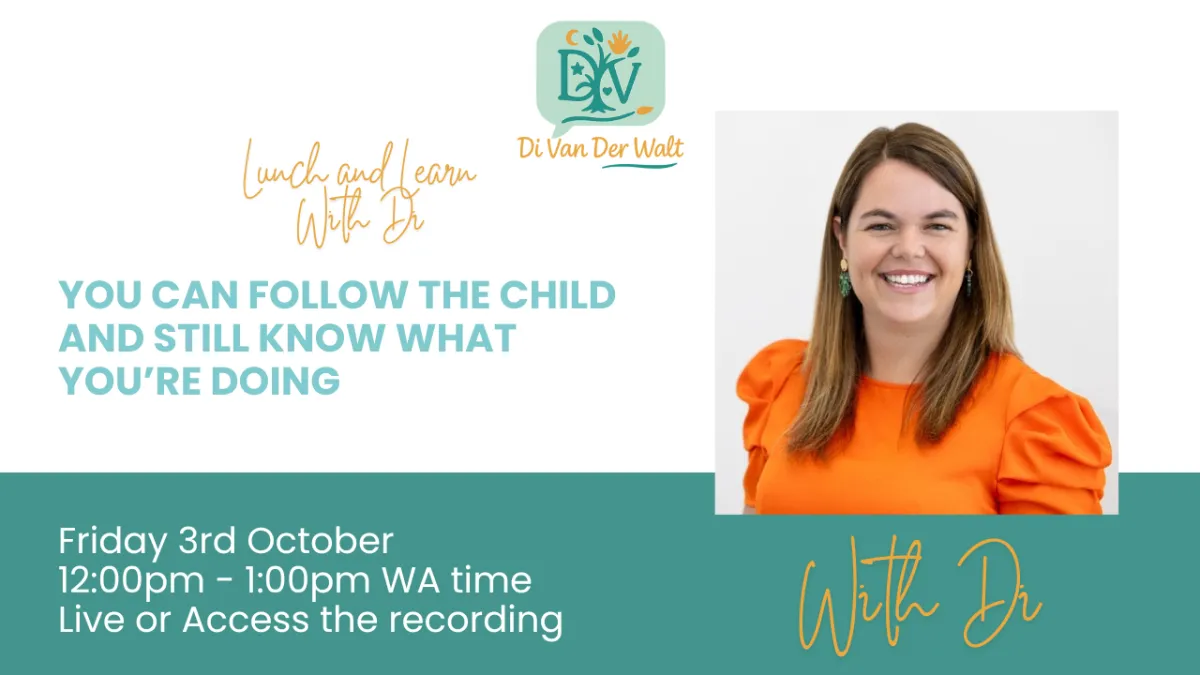
Reflecting With Curiosity: What One Therapy Session Taught Me About Letting Go, Leaning In, and Following the Child's Lead
Reflecting With Curiosity: What One Therapy Session Taught Me About Letting Go, Leaning In, and Following the Child's Lead
Therapy is not a script. It is a dance. Sometimes we lead, sometimes we follow, and sometimes we get our feet tangled and laugh or cry through the misstep. This week’s Lunch and Learn session reminded me of just how powerful and humbling it can be to stay present, stay reflective, and keep showing up with open hands instead of tight fists.
I used the following reflective questions to guide my thinking after our session. Maybe they will guide yours too.
What brought me joy or ease today?
There was a moment during our movement game when the child leaned into the silliness, full body giggles, eyes sparkling, and I let myself laugh too. No goal, no prompt, just connection.
This felt like a little exhale in the session. We were not trying to achieve anything. We were just being together. These are the moments that remind me therapy does not have to be serious to be meaningful. Joy is therapeutic. Ease is therapeutic. And laughter is such a powerful cue of safety and connection.
When did I feel myself tensing or over-directing? What was underneath that?
About halfway through, I noticed myself starting to push the plan. The activity was not landing, and I kept tweaking it, adding layers, narrating outcomes, trying to make it work. My voice got tighter. My pace sped up. The child’s engagement dipped.
Underneath the push was a quiet fear. Am I doing enough? Is this real therapy? It is that old internal narrative that creeps in when things get messy. The one that forgets that play is the work and connection is the strategy.
How did the child show me their engagement, even in small ways?
There was a moment when I thought we had lost them. Eyes looking away, body turned. But then they reached out and gently adjusted the toy we were using, adding their own spin. It was subtle, but it was an invitation.
Sometimes we are looking for eye contact, full sentences, big gestures. But engagement does not always look like that. It can be a flick of the hand, a change in breathing, a quietly shared smile. We need to be still enough to notice the whispers, not just the shouts.
Where did I feel most connected with the child’s lead?
It was when I stopped talking and just mirrored. The child started a rhythmic tapping pattern on the mat, and instead of redirecting, I joined in. We stayed in that rhythm for longer than I expected. It was not on the plan, but it was rich with shared attention, regulation, and co-created meaning.
I am learning again and again that following the child’s lead does not mean doing nothing. It means doing less, more intentionally. It is a skill, and it takes trust in the child, in the process, and in ourselves.
Do today’s activities still serve the child’s longer term goals?
Some of them, yes. Others, maybe not as much as I hoped. I think I held onto one particular game because I liked it, not because it was the best fit for today’s regulation needs.
Next time, I will swap it for something more sensory regulating and less language demanding. The child showed me in the way they disengaged that they needed more scaffolding and predictability. That is good data, not failure. It is how we fine tune.
What is one moment I would like to remember and carry forward?
That beautiful giggle in the rhythm game. The way it cracked open the whole session. The unspoken "I see you and I like being with you."
I want to carry forward that reminder. Sometimes what looks like downtime is actually the most therapeutic part. Regulated, connected play is the foundation. Everything else can be built from there.
What is one uncomfortable moment I would rather forget, and what can it teach me?
When I corrected the child mid sentence. It was meant to be supportive, a scaffold, but it came out sharp and unexpected, and I saw them flinch slightly. That one stayed with me.
Sitting with that moment reminds me that tone matters. Timing matters. And sometimes our well meaning corrections land like criticism. Next time, I will wait longer, model differently, and ask myself: is this correction helpful right now, or is it about my own discomfort with silence, error, or ambiguity?
Anchor Thought: Curiosity Over Perfection
This reflection is not about self judgement. It is about staying curious. Staying honest. Staying awake to what is actually happening, not what we hoped, or planned, or thought should happen.
Therapy is not a test. It is a relationship.
There is no perfect session. No final form. Just a series of small, human moments. Some joyful, some awkward, some humbling. When stitched together, they become a practice that is responsive, affirming, and deeply relational.
So today, I am letting go of "should." I am holding onto joy. And I am reminding myself that the most powerful therapy tool I have is my presence. Curious, kind, and willing to learn.
Want more from the Lunch and Learn Series? You can get access to all the previous sessions IMMEDIATLY and join me live for the upcoming sessions. Details here
